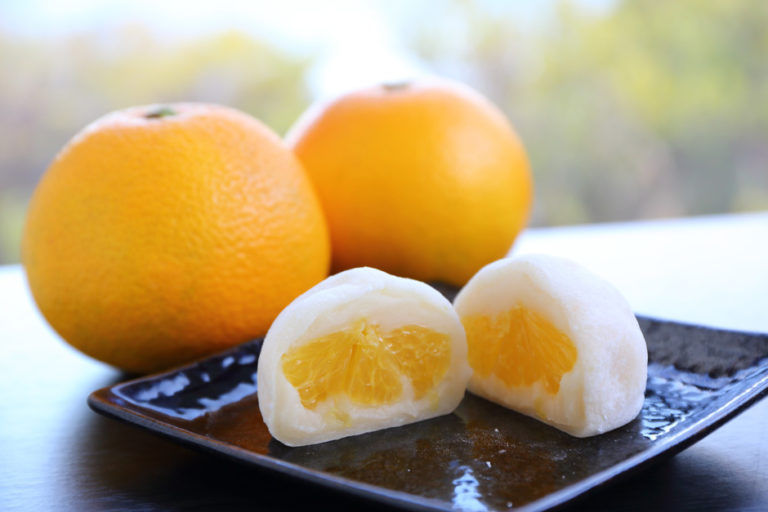Enjoy Washoku on Washoku Day
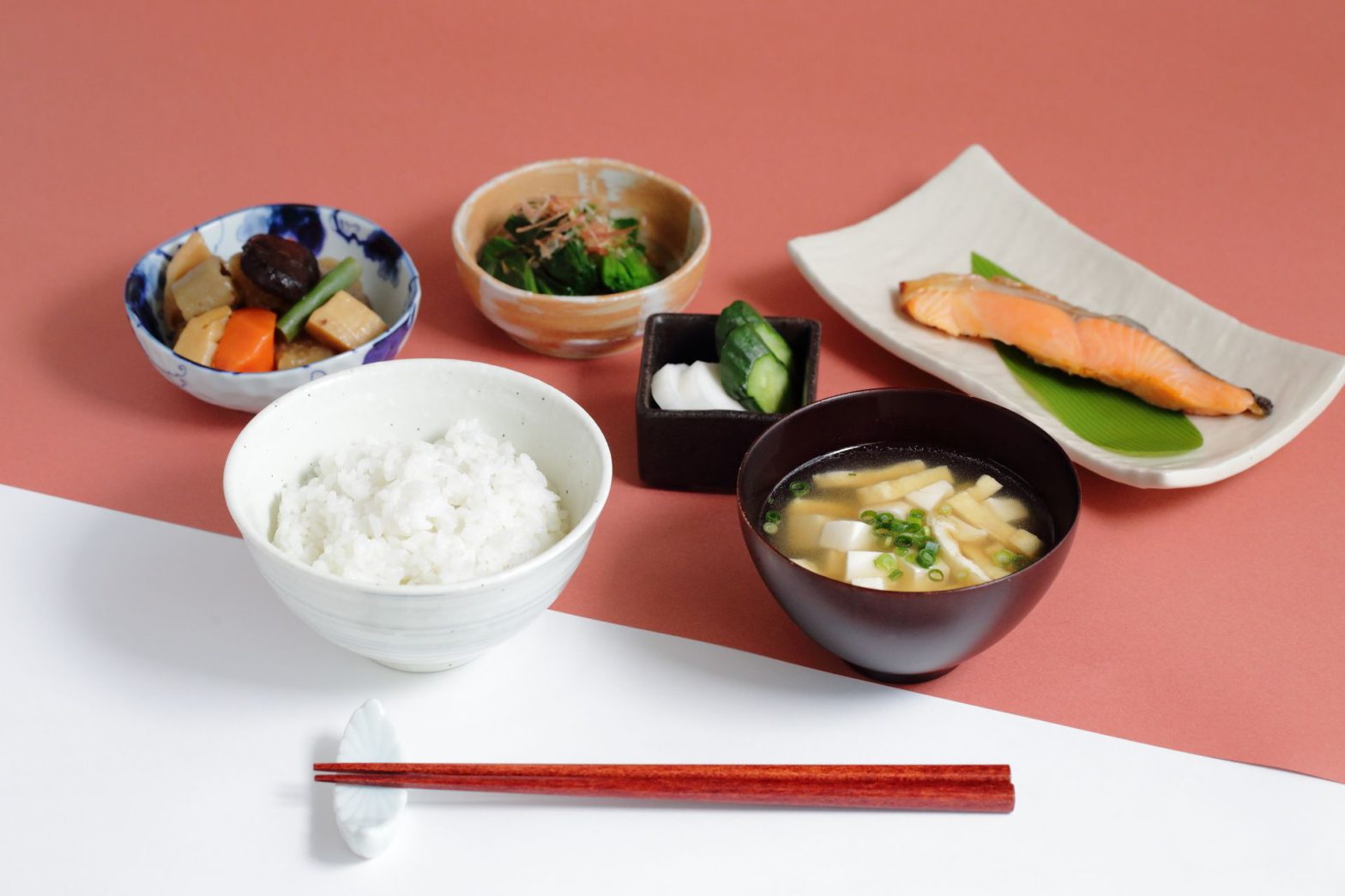
November 24 is Washoku Day. The date is based on a pun of sorts because the numbers 11, 2, and 4 read as “ii Nihon Shoku,” meaning “good Japanese food." Washoku Day is approaching, and in preparation for it, let's look at some of the traits of washoku cultures.
Four unique traits that support Washoku as recognized by UNESCO
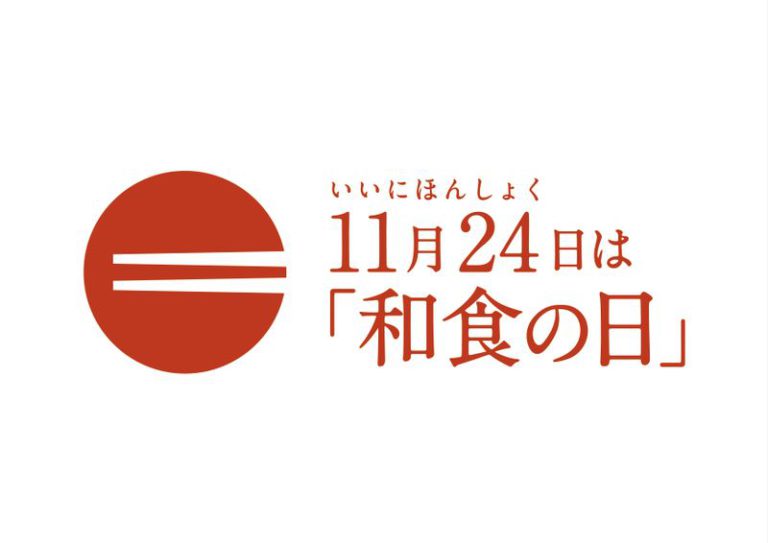
In 2013, Washoku, Japan’s traditional dietary cultures, was registered on UNESCO’s list of the Intangible Cultural Heritage of Humanity as being both traditional and unique. It is the fifth entry related to food, joining French gastronomy, Mediterranean cuisine, and others.
Washoku, registered as a UNESCO Intangible Cultural Heritage of Humanity, has the following four distinctive features.
1. Respect for varied and fresh ingredients and their natural flavors
2. Nutritional balance that supports a healthy diet
3. Representation of natural beauty and seasonal changes
4. Close association with the Japanese New Year and other annual events
Washoku Day on November 24 was established to reaffirm the importance of protecting and passing on washoku culture to posterity. In celebration of Washoku Day, we would like to share a collection of articles covering the unique features of washoku, as previously featured in SHUN GATE.
Regional cuisines based on the distinct characteristics of each region
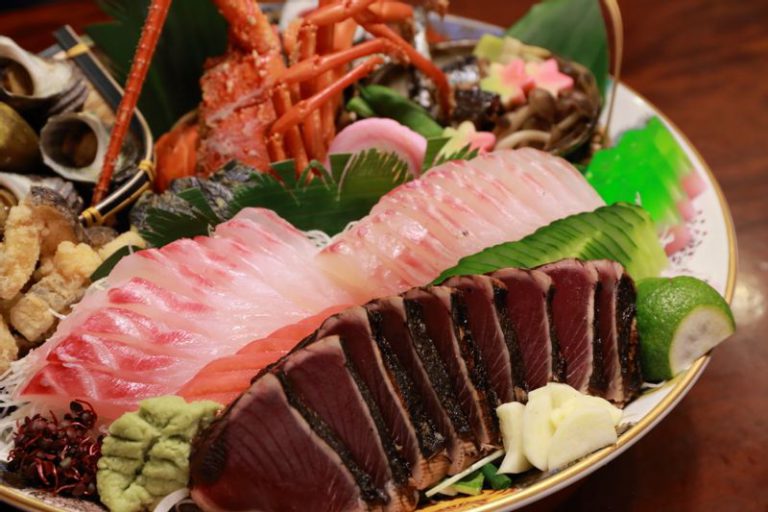
The first feature, the respect for varied and fresh ingredients and their natural flavors in Japan is deeply rooted in the country’s varied land, stretching from the north to the south. It is also influenced by the region-specific ingredients and cooking methods developed over time. This is embodied by the regional cuisine passed down in each region. How about taking the opportunity to explore the local climate and culture of the regions and dishes that interest you?
Click here for an article on regional cuisines.
Basics of washoku for a healthy diet
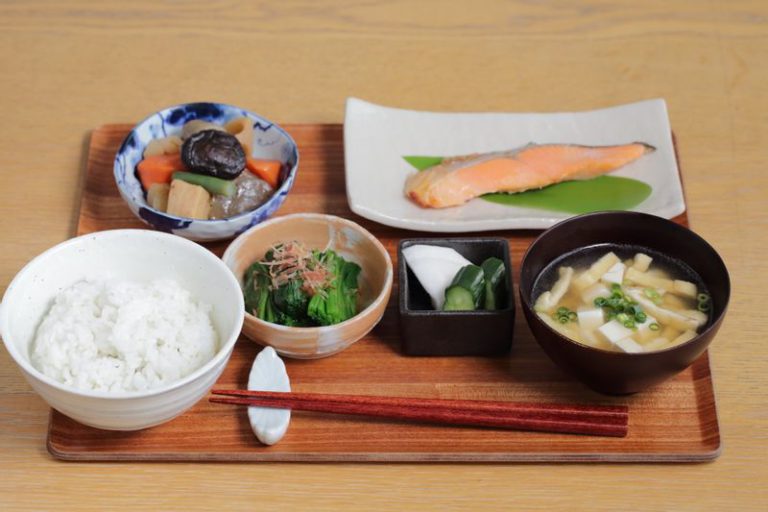
The basic washoku style consisting of one soup and three dishes is contributing to the second feature, nutritional balance that supports a healthy diet. Washoku is characterized not only by the ingredients but also by the various cooking methods and utensils used to bring out the umami of the ingredients. Many dishes are low in animal fats and oils and utilize umami and dashi, which have been linked to longevity and obesity prevention. Articles on dashi and umami, the foundation of washoku, can be found below.
Japanese Food Culture, Washoku, Based on Dashi and Umami
“Dashi” Culture Complements Seasonal
Dashi stock brings out the best in seasonal produce -It takes time and effort to make good katsuobushi (shaved bonito)
Makurazaki boasts a proud tradition of producing the finest katsuobushi
Umami, a Taste Discovered in Japan that now Garners Attention from The World
Seasonal presentation
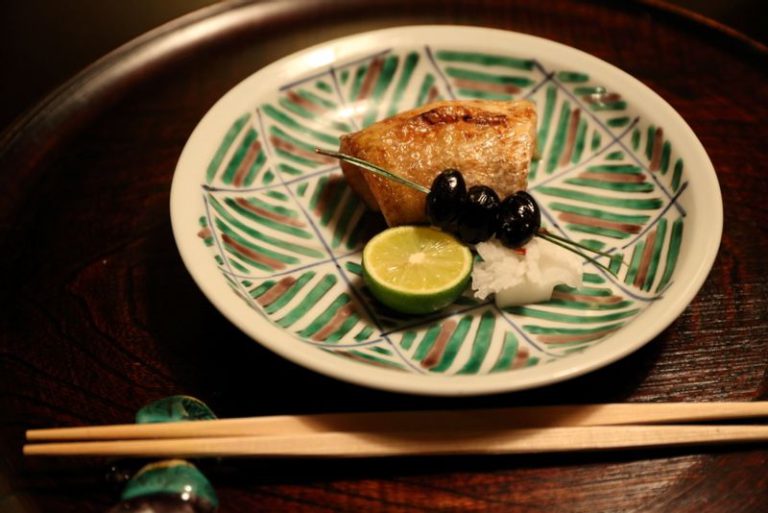
The third feature, representation of natural beauty and seasonal changes, is also unique to washoku. The dishes are garnished with fresh flowers, and the patterns and colors of the tableware are intricately designed to evoke the season. Tableware is essential to Japan’s washoku culture, as the article below highlights.
Washoku cultures are integral to annual events
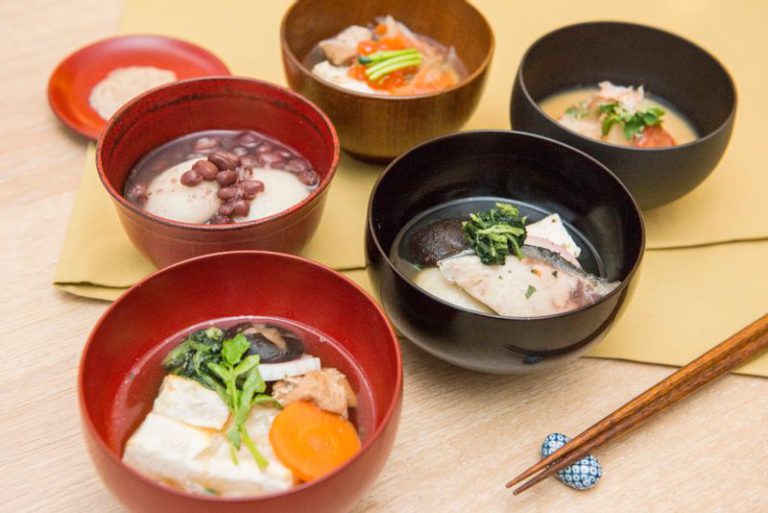
As the fourth feature points out, the customs mentioned in the first three features are closely associated with the Japanese New Year and other annual events. They are handed down to future generations through family and community efforts. Here is an article on the history and regional differences in washoku cultures during annual events.
Click here for an article on annual events.
Japan’s washoku cultures developed over many years based on the four seasons, regional climates, and local lifestyles. We invite you to enjoy the various flavors of the seasons and regions.



